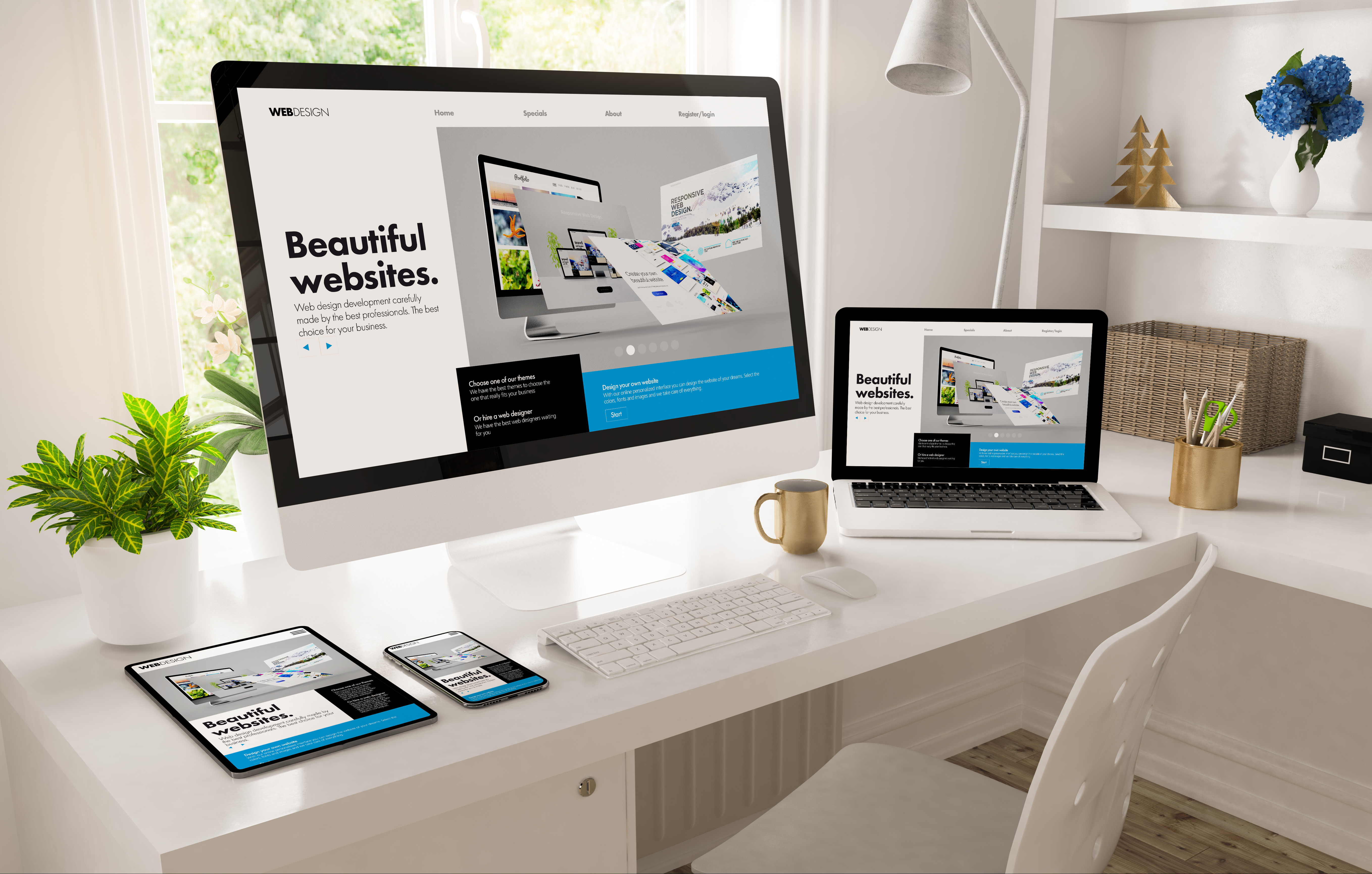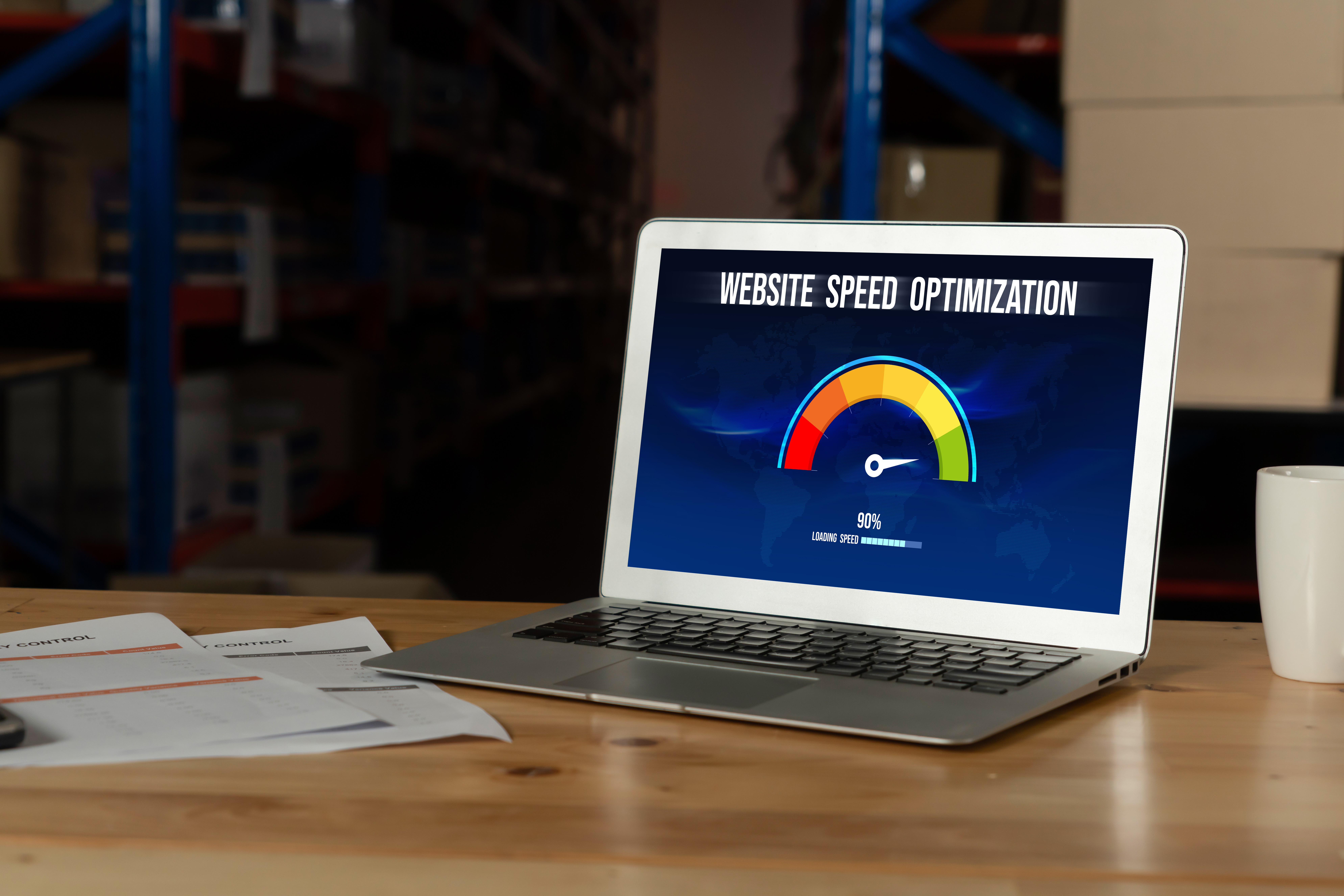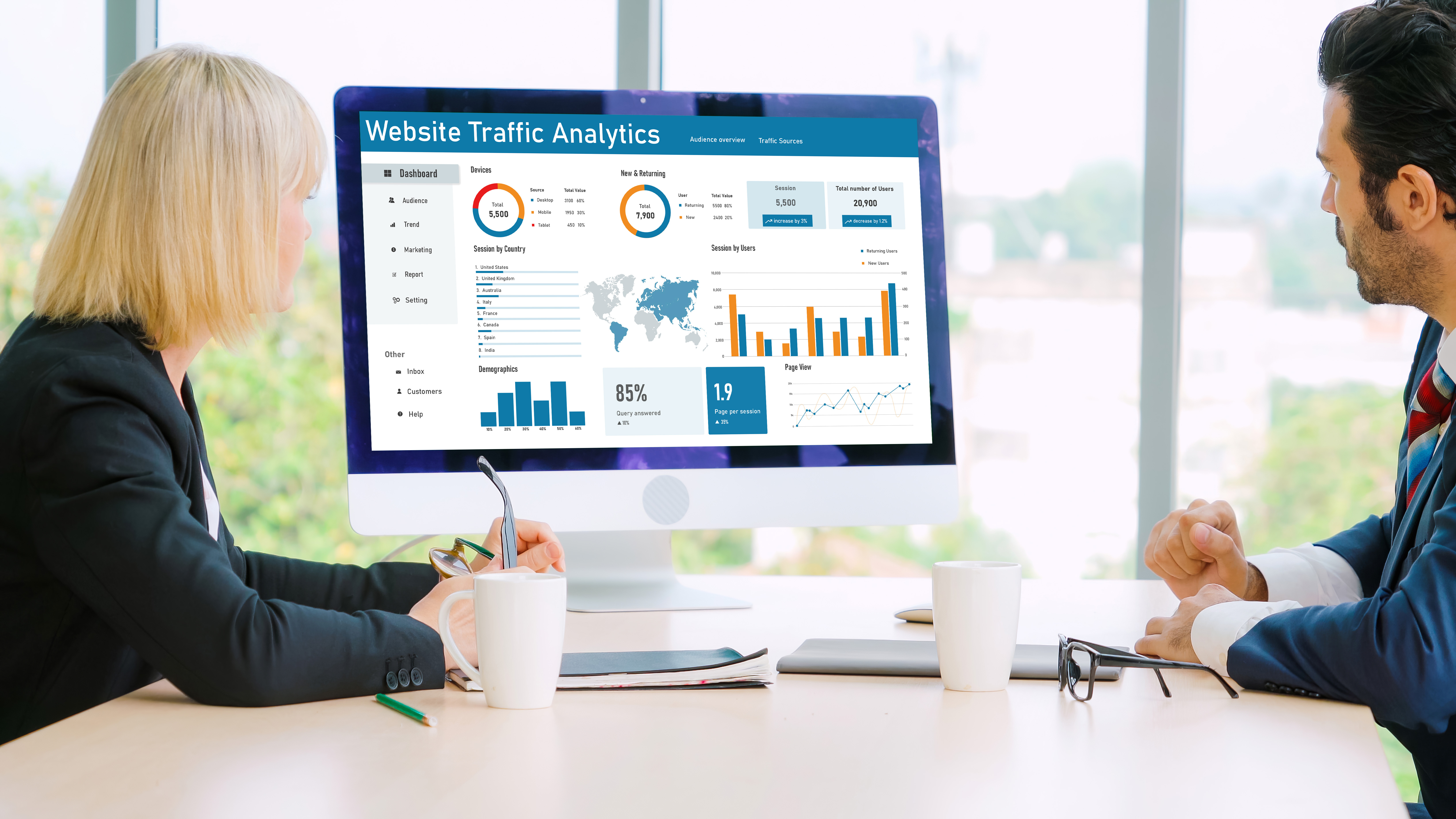In a digital world where user attention is fleeting, website performance has become a defining factor of success. Google’s Core Web Vitals metrics designed to measure real-world user experience now play a critical role not only in engagement but also in search ranking.
These metrics focus on how quickly a page loads, how soon it becomes interactive, and how stable it feels as users scroll or click. Together, they provide a tangible way to evaluate what users truly experience beyond technical speed tests. For modern businesses, optimizing Core Web Vitals isn’t just about performance it’s about retention, conversion, and trust.
1. Understanding Core Web Vitals and Why They Matter
Core Web Vitals consist of three primary metrics, each representing a key aspect of user experience:
- Largest Contentful Paint (LCP): Measures loading performance how fast the main content becomes visible.
- First Input Delay (FID): Measures interactivity how quickly a page responds to user input.
- Cumulative Layout Shift (CLS): Measures visual stability how much the layout moves unexpectedly while loading.
Optimizing these metrics ensures that users can see, interact with, and trust your page quickly. For Google, these metrics are part of its Page Experience ranking signals, meaning poor scores can affect search visibility. For users, poor vitals translate into frustration due to slow loads, lagging buttons, and jarring shifts.
A well-optimized site, therefore, not only improves SEO but also creates a smoother, more enjoyable digital experience that keeps visitors coming back.

2. Improving Loading Performance (LCP)
Loading time is often the first impression your website makes. If users wait too long for the main content to appear, they leave and often don’t return.
To optimize Largest Contentful Paint (LCP):
- Optimize images compress large assets using next-gen formats like WebP or AVIF.
- Use a Content Delivery Network (CDN) to reduce latency by serving assets closer to users.
- Minimize render-blocking resources by deferring or asynchronously loading JavaScript and CSS.
- Prioritize visible content load above-the-fold elements first for faster perceived speed.
A strong LCP (under 2.5 seconds) ensures users see meaningful content almost instantly, improving both satisfaction and conversions.

3. Enhancing Interactivity and Reducing Input Delay (FID)
Once your page loads, users expect instant responsiveness. Any delay in clicks, taps, or form interactions disrupts engagement.
To improve First Input Delay (FID):
- Minimize JavaScript execution time by splitting large bundles and deferring non-critical scripts.
- Use web workers to offload heavy computations to background threads.
- Prioritize main-thread work keep the UI thread free for quick responses.
- Implement lazy loading for interactive elements when needed.
These optimizations ensure your site feels light, responsive, and intuitive especially on mobile devices where performance bottlenecks are more common.

4. Ensuring Visual Stability (CLS)
A page that shifts while loading, pushing buttons, text, or images around, is one of the most frustrating user experiences. Maintaining layout stability is essential for credibility and usability.
To improve Cumulative Layout Shift (CLS):
- Always include size attributes for images and videos so browsers reserve space correctly.
- Avoid inserting new content above existing elements unless triggered by user interaction.
- Use system fonts or preload web fonts to prevent text shifts during rendering.
- Reserve ad space dynamically to avoid movement when ads load late.
A good CLS score (below 0.1) ensures your site feels smooth and professional, reducing accidental clicks and improving engagement.
“Performance optimization isn’t just about pleasing algorithms; it’s about respecting the user’s time. When every second counts, a well-optimized site doesn’t just load faster it builds loyalty, credibility, and competitive advantage in the digital marketplace.”
Conclusion
Optimizing Core Web Vitals is no longer an optional enhancement it’s a business necessity. These metrics directly impact how users perceive your brand, how long they stay, and how search engines rank your site.
By focusing on fast loading (LCP), seamless interactivity (FID), and visual stability (CLS), businesses can create digital experiences that feel effortless, trustworthy, and high-performing. A performant website doesn’t just rank higher it earns user trust and drives long-term engagement.
